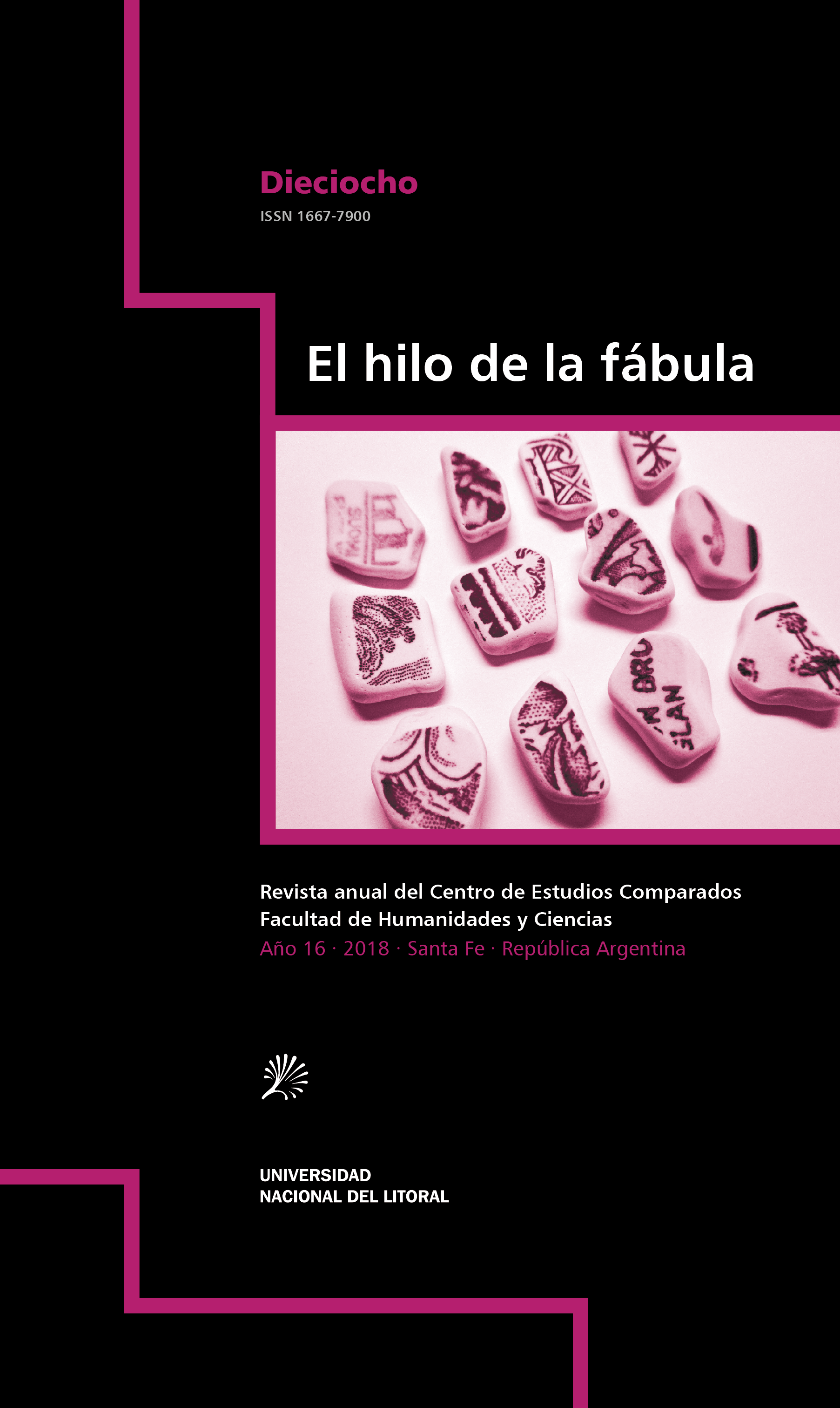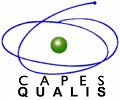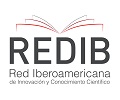El grabado en madera como arte tocable. Edgardo Antonio-Vigo y el Museo de la Xilografía de La Plata
DOI:
https://doi.org/10.14409/hf.v0i18.7347Keywords:
printmaking, edition, disseminationAbstract
During his career, the artist from La Plata Edgardo Antonio Vigo maintained some interests such as the possibility of exchange and the aspiration to an extended artistic circulation that assembled his individual creative work with the social sphere. His will to support a wide and demystified access to works of art was transmitted, to a large extent, through different graphic projects, including the proposal of The Museum of Xylography of La Plata which was the one with the greatest continuity over time. Edition, circulation and exchange were the central concepts of the program of that itinerant museum held in boxes–suitcase that allowed him to move the collection of engravings to different public or private contexts. The numerous and original engravings of his patrimony are thus a good example of what Vigo proposed as «touchable art».












